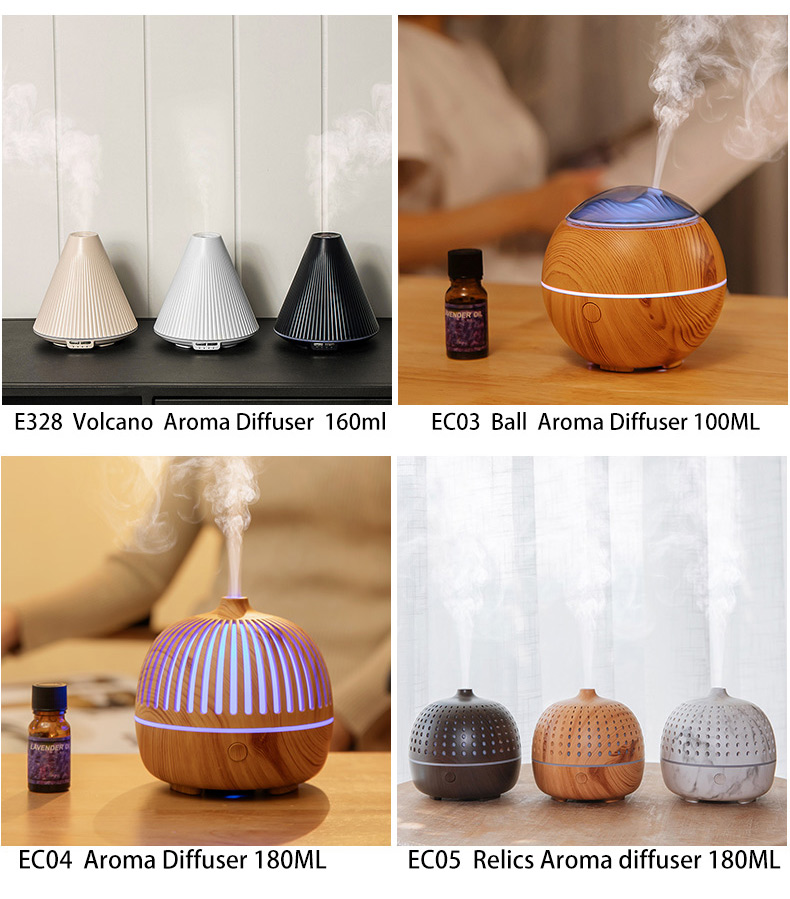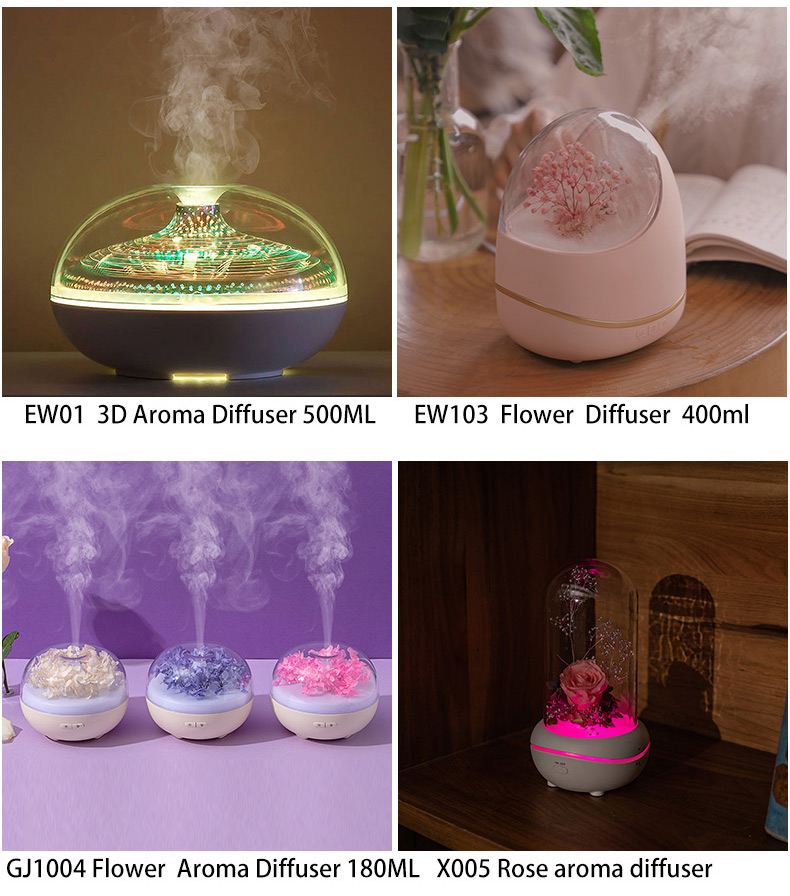There are three national quality standards for corn in China, namely, the most basic maize national standard, feed corn national standard, and industrial corn national standard. These three standards are related to each other and have their own characteristics. Maize GB is a universal standard for corn and is widely used in the acquisition, storage, transportation, processing, and sale of commodity corn. The feed corn standards and industrial corn standards are more targeted, and there are some changes and adjustments based on the national standard of corn. The common denominator of these three criteria is moisture, impurities, imperfect grains, and moldy grains as the main indicators for measuring corn quality; the difference lies in that in addition to the main indicators such as weight retention, the feed corn also increases the crude protein content. Technical indicators, while industrial corn is abandoning the index of weight, and replacing it with starch indicators. In normal years, the bulk density of corn in northeastern Inner Mongolia is the highest, and the quality of corn in Tongliao and Chifeng is basically more than second, with 90% of the first grade; 70% or more of Jilin corn is second-class; the quality of corn in Heilongjiang is normal, 60%-70 % can reach third grade; Liaoning corn can reach 20%, 80% can reach 3rd grade. However, the bulk density of corn is greatly affected by the year. For example, due to weather conditions in 2003, the water content of corn was large and the bulk density was reduced. The second-class corn in Jilin Province accounted for only about 50% of the total output. Most of the corn in Heilongjiang Province was for other purposes. Moisture In normal years, moisture in the northeastern region is 28% to 30% when corn is harvested, and 35% to 40% when the season is bad. Inner Mongolia corn has a slightly lower moisture content, generally around 24%, sometimes reaching 27%-28%. In North China, the moisture content of corn is low when it is harvested, mostly in the range of 18%-20%, and the temperature is higher than that in the northeastern region. Generally, it can reach 15% or less within 5-6 days of drying. In normal years, the corn moisture in Hebei is about 16%-18%, and the moisture in Shandong corn is about 14%-16%. Impurities in northeastern corn due to the use of machine drying, less impurities, generally not more than 1%, and some areas even less than 0.5% of impurities. In North China, corn is dried naturally, and impurities are incorporated during the drying process. Therefore, corn in northern China has more impurities, sometimes exceeding 1%. During the drying process, corn grains in the northeastern region of the imperfect grain can easily break due to rapid precipitation. Mechanical operations also increase the proportion of crushing particles. At the same time, drying causes increased thermal damage to the grains. Therefore, crushing grains are generally higher than 5%. After drying corn through a series of links such as storage, storage, and port transportation, broken grains will increase to 8%. During the harvest period, the moisture content of corn in the northeast region of the mold is very high. If there is much rain during the harvest period, and the storage and storage of the corn after harvesting are poor, the corn mold will easily appear. When the year is not good, most corn mold grains will exceed 2%. Small-scale farmers are limited by the storage environment and storage technology and cannot strictly store and ventilate according to the standards. Therefore, the percentage of moldy grains in northeastern corn after April will increase significantly. The content of mold grain in Inner Mongolia corn was relatively low, which was not more than 2% at most; Liaoning was slightly higher; Heilongjiang corn was uneven in water content and had the highest graininess. How to solve the harm of too dry indoor air
Hawthorn indoor air is dry, and the water loss rate in the body will be accelerated. To solve this problem, eating some Hawthorn appropriately can achieve very good results. It can improve appetite, help digestion, reduce blood lipids, activate blood vessels, supplement the water needed by the body and make the body metabolism faster. Apples are rich in nutrients, which can make the skin more lubricated. Eating more apples when the indoor air is dry can keep the skin moist. Banana indoor air is dry, you can eat some bananas appropriately, and it is rich in potassium, so it can maintain better skin health, effectively solve the skin problems caused by drying, and discharge the stool more quickly. The sour and sweet taste of grapefruit grapefruit is very good, and it can clean up the intestines and moisten the lungs. It can make the food digestion faster. The effect of relieving cough and resolving phlegm is very good, and it can also improve the appetite.
Portable diffuser aromatherapy, Diffuser ultrasonic aromatherapy, Wholesale aromatherapy diffuser, Portable essential oil diffuser, Portable diffuser aromatherapy Shenzhen Ewong Technology CO.LTD , https://www.ewong-tech.com
On the whole, bulk density, impurities, moisture, imperfect grain, and mold grain index are the most basic and important indicators for measuring corn quality, and they are widely representative and authoritative.
Differences in Maize Quality in Different Areas of China
In normal years, corn in northern China's Shandong and Hebei provinces is basically above the second-class.
Corn in North China is naturally air-dried, and there are fewer broken kernels, which are basically controlled within 5% and only slightly better than 2%. In the case of spot purchases, the general rule is that the total number of imperfect grains cannot exceed 5%.
If the indoor air is too dry, it will make people feel very uncomfortable. It will not only affect skin health, but also have a certain impact on visceral health. Therefore, when you feel that the indoor air is dry, you must find a way to solve it in time. How to solve the indoor air drying?
If the indoor air is dry, you can put some plants. You should choose tiger tail orchid, aloe or Chlorophytum, which can release oxygen at night. Don't put too much in the bedroom. You can sprinkle some water on the leaves of plants. In order to solve the problem of indoor air drying, you can put a basin of water in the room, cover a wet towel on the radiator, or put a basin of water in the room, and you can also drag the floor with a mop to make the ground moist. In this way, you can solve the problem of too dry air, and this method is relatively healthy, There will be no harm. If the indoor air is too dry when using the humidifier, you can also use the humidifier Aroma Diffuser. This is a relatively simple method. You can put pure water or cool it in the humidifier. It should be replaced every day. It should be cleaned after about two weeks of use. Do not add essential oil or bactericide indiscriminately in the humidifier. After entering the body, On the contrary, it will have an adverse impact on health, which is easy to cause bronchitis and lung diseases. Indoor drying of wet clothes to solve the problem of air drying, you can dry wet clothes indoors, which can also increase the humidity. If some clothes are not in a hurry, don't dry or dry them directly. Put them indoors and let them dry naturally, so that the humidity in the house can be improved a lot.
Indoor air drying is harmful. There are many air drying bacteria, which are easy to have a great impact on the respiratory system. Moreover, the water loss in the body becomes faster, and the speed of skin aging will naturally become faster, so wrinkles will appear on the face.
What fruit do you eat when the air is dry



